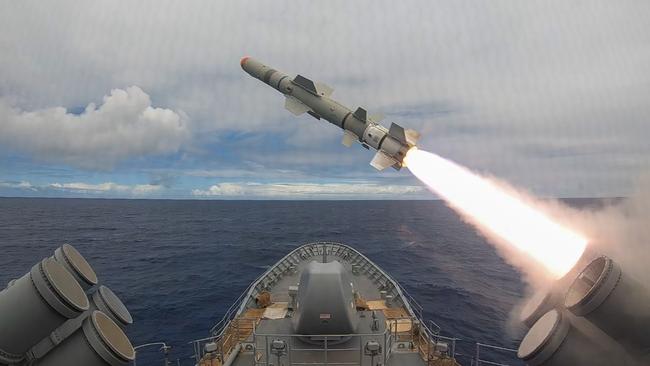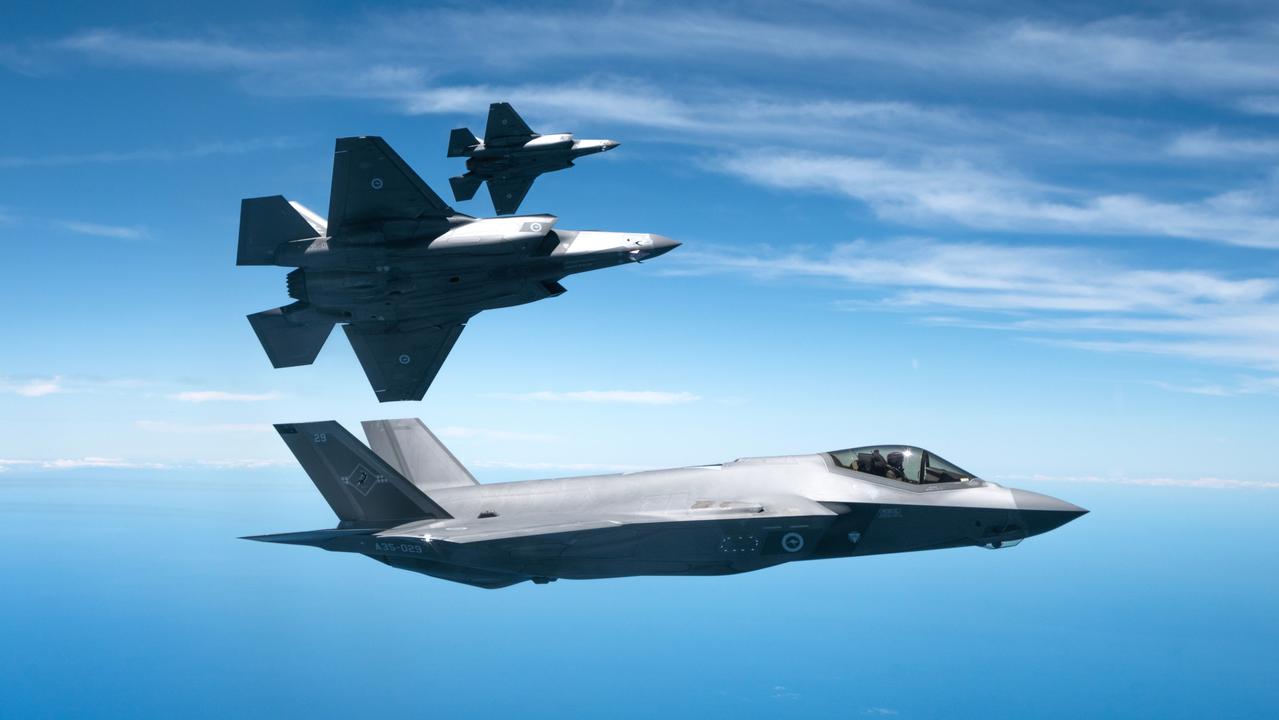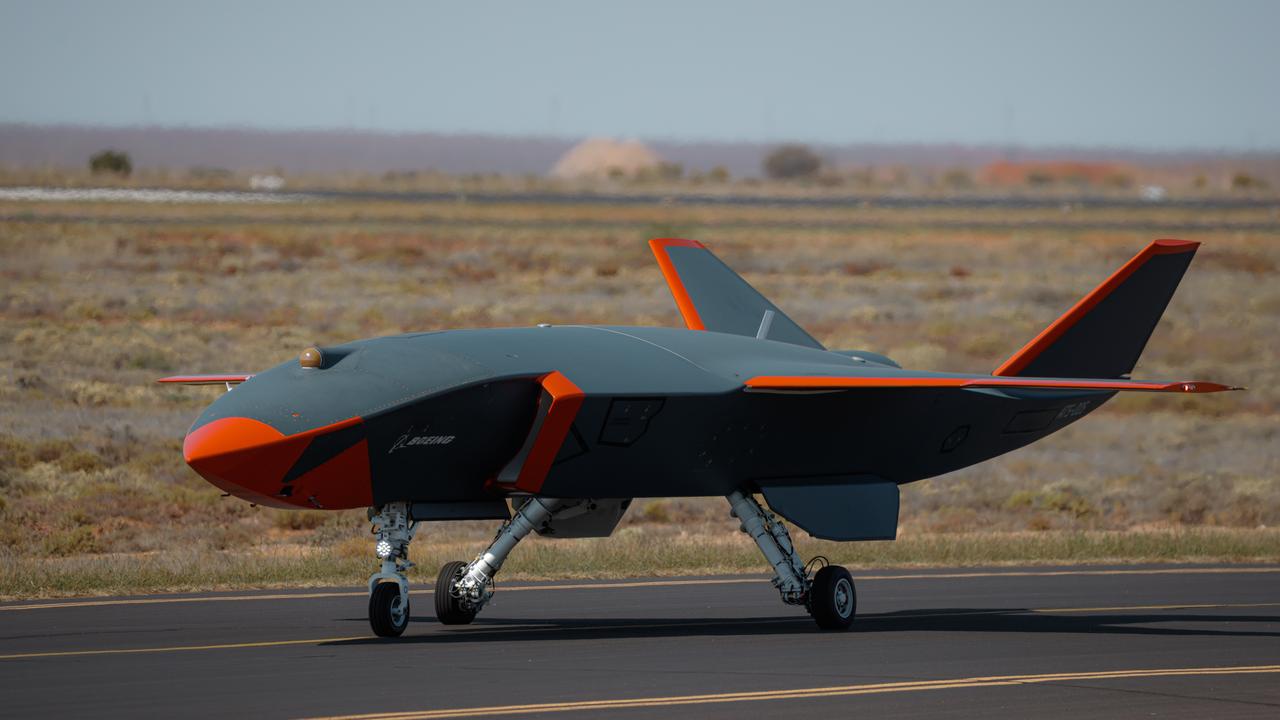Australia to design and manufacture our own guided missiles
In one of the most consequential Defence policy decisions of recent times, the federal government is bringing forward $1 billion to develop advanced Australian guided weapons.

In one of the most consequential Defence policy decisions of recent times, the federal government is bringing forward $1 billion to develop advanced Australian guided weapons.
With a time frame yet to be decided, the objective is to make the country far less dependant on overseas suppliers for the missiles that are now essential for high intensity combat missions.
This means that Australia is starting on a path that might lead us to produce our own anti-ship, surface-to-air, antitank and air launched guided weapons, as well as torpedoes.
To date, we have depended totally on imported weapons – and the majority of these from the US. That worked well during the relatively low-intensity conflicts that have been the recent norm, with enough being purchased every few years and stored until required with most of them fired during exercises. However, two important things have occurred. The first is the massive arms build-up happening in the Asia Pacific region, led by China, and the growing realisation the ADF could soon become involved in a major conflict.
The second factor is the disruption caused to global supply chains by Covid-19 and the fairly obvious observation that during times of crisis, countries will prioritise their own needs rather than Australia’s.
If even close allies behave selfishly regarding vaccines, how much more likely is it that they will do the same thing for the vital high-technology weapons they will need in a time of war?
The government anticipated this development in the 2020 Defence Strategic Update and is now pressing the accelerator pedal.
The importance of smart weapons cannot be overstated. Having been initially fielded during World War II, they now dominate the arsenals of every advanced military – and many smaller ones as well. They are increasingly being used by terrorists and non state actors.
The days of carpet bombing are long gone – now it’s a few guided weapons launched out of the range of enemy fire that can destroy even the hardest of targets with direct hits. Even though a role remains for anti-aircraft artillery, the best defence against incoming weapons are guided missiles intercepting them before they can do damage.
Advanced electronics are completely changing the battlefield and now even a single soldier can launch a small drone carrying explosives and fly it directly into an enemy vehicle or bunker several kilometres away.
Aircraft no longer come within sight of the ship they are attacking – they launch a smart, manoeuvring cruise missile beyond the horizon with warheads weighing hundreds of kilograms. To this can be added emerging hypersonic weapons that will increase the speed at which some missiles fly to Mach 6 and beyond, reducing reaction times from minutes to seconds.
In a high-intensity conflict, huge numbers of weapons are fired and, if they cannot be replaced quickly, aircraft and ships are no longer able to fight or protect themselves. In these circumstances defence scientists are working feverishly to develop and field countermeasures and to detect vulnerabilities in enemy systems. If all that a country has is a stockpile of ageing weapons, they could be rendered useless by a new decoy – but if they are in continuous local production they can be rapidly updated to keep pace with changes being fielded by an enemy.
Australia is actually very well placed to enter the crowded field of guided-weapon producers. We possess several critical technologies, with companies such as Thales producing rocket motors as well as warheads and BAE Systems a variety of sensors.
US defence giants such as Raytheon and Lockheed Martin are overcoming decades of reluctance from their government to transfer technology and are actively investigating the possibility of local manufacture of missiles. Hi-tech Israeli company Rafael is already producing cutting-edge anti-armour weapons here.
Doing this not only makes strategic sense, it is also big business with the ADF set to spend at least $40 billion on new guided weapons in the next two decades and the same again on supporting the ones that they have.
Defence have said that the Sovereign Guided Weapons Enterprise now being created is likely to extend beyond manufacturing to include other capabilities such as test and evaluation, maintenance, storage, distribution and disposal.
Important decisions now need to be made about which of these weapons should be the highest priority for local development and there is a sense of urgency to the effort.
Consultation with industry is already well under way.


